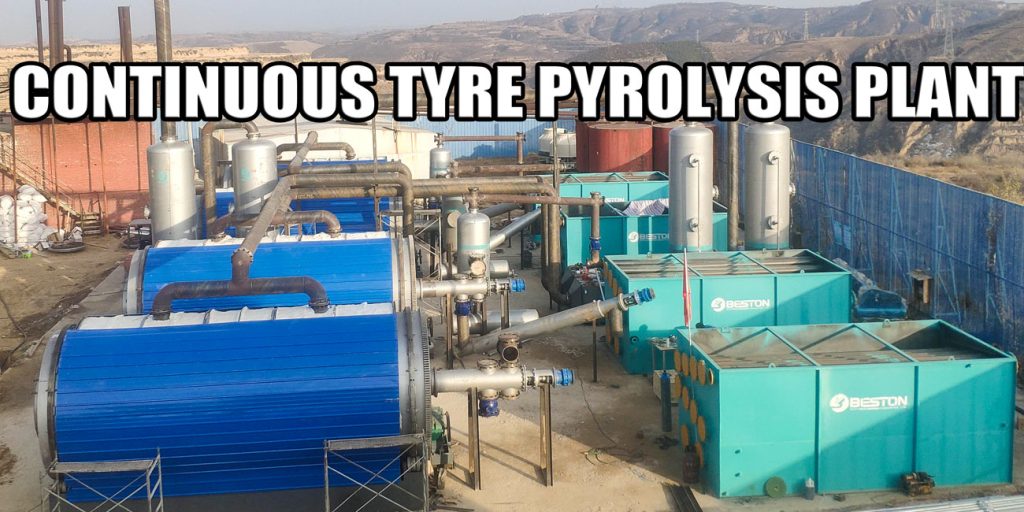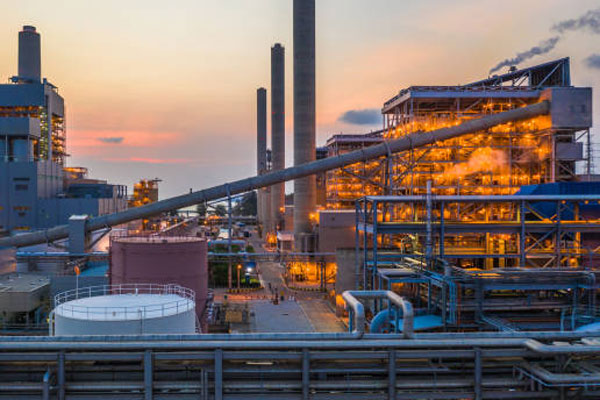Pyrolysis, a fundamental process in the petroleum and petrochemical industries, involves breaking down larger hydrocarbon molecules into smaller, more valuable products. Effective operation control and optimization of pyrolysis equipment are essential to ensure product quality, process efficiency, and safety. This article explores the key considerations and strategies for managing pyrolysis equipment to achieve optimal results.
Pyrolysis machinery, such as fluidized bed reactors, fixed-bed reactors, and steam crackers, facilitate the conversion of hydrocarbons into lighter products like gasoline, olefins, and aromatics. The operation of these units involves controlling factors like temperature, pressure, residence time, and catalysts to achieve desired product yields and properties.
Operational Control Strategies
1. Temperature Management
Temperature plays a crucial role in pyrolysis reactions. Careful temperature control ensures that reactions occur at the desired rates and with minimal undesirable byproducts. Real-time monitoring and adjustment of temperature gradients within the reactor contribute to consistent product quality.
2. Pressure Regulation
Maintaining the appropriate pressure within the pyrolysis reactor is vital for process stability and safety. Pressure control systems prevent over-pressurization, which could lead to equipment damage or even catastrophic failures. Proper pressure control also affects reaction kinetics and product distributions.
3. Residence Time Optimization
The residence time of feedstock in the reactor affects the extent of pyrolysis reactions. Balancing residence time with temperature and pressure helps achieve the desired product yield and quality. Online monitoring of residence time and adjustment of flow rates contribute to process optimization.

4. Catalyst Management
Catalysts are often used to accelerate pyrolysis reactions and improve selectivity. Monitoring catalyst activity and regeneration cycles is crucial for maintaining desired performance. Strategies like catalyst grading, replacement, and rejuvenation can extend catalyst life and improve overall process efficiency.
Optimization Strategies
1. Feedstock Selection and Pre-Treatment
The quality of feedstock greatly influences the efficiency and yield of tyre pyrolysis plant. Selecting feedstocks with appropriate properties and pre-treating them to remove impurities can enhance overall performance. Analyzing feedstock characteristics and adjusting process parameters accordingly contribute to optimal outcomes.
2. Yield Enhancement
Optimizing product yields involves finding the right balance between pyrolysis severity and target product distribution. Simulation tools, kinetic models, and historical data analysis aid in predicting how changes in operating conditions impact yields. This information guides decisions to maximize desired products while minimizing undesired ones.

3. Energy Integration
Integrating heat recovery and exchange systems can significantly improve energy efficiency. Capturing and repurposing waste heat from the pyrolysis process for preheating feedstocks or generating steam reduces overall energy consumption and operating costs.
4. Advanced Process Control (APC)
APC systems use real-time data and sophisticated algorithms to optimize pyrolysis operations. These systems can autonomously adjust various parameters, such as temperature, flow rates, and pressure, to maintain desired targets and respond to disturbances efficiently.
If you want to know more, please contact Beston Group directly.